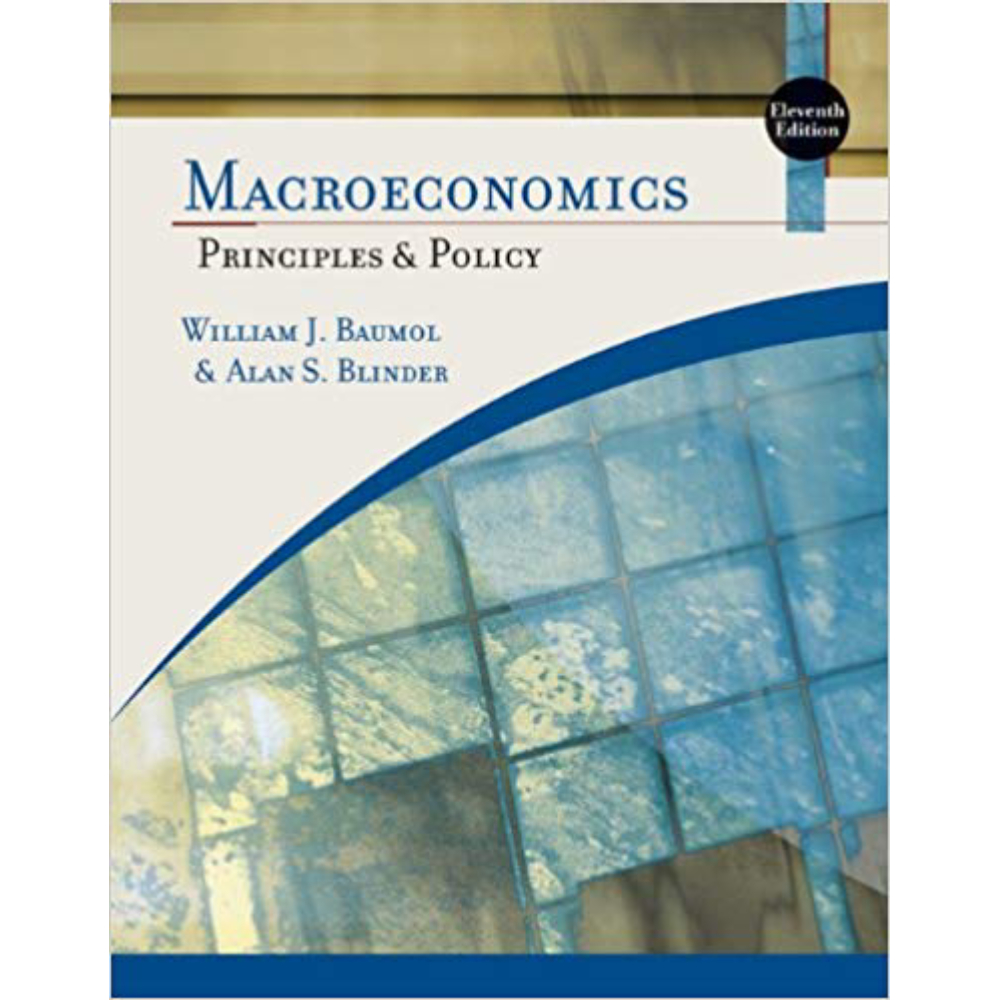Fundamentals Of Organic Chemistry 7th International Edition By McMurry – Test Bank
$55.00
Fundamentals Of Organic Chemistry 7th International Edition By McMurry – Test Bank
You will receive this product within 24 hours after placing the order
Fundamentals Of Organic Chemistry 7th International Edition By McMurry – Test Bank
6. Which of the following does not involve the interaction of molecules with electromagnetic energy?
a. mass spectrometry
b. infrared spectroscopy
c. ultraviolet spectroscopy
d. nuclear magnetic resonance spectroscopy
ANS: A
7. The amount of energy in electromagnetic radiation is related to the frequency and wavelength of the radiation. High energy radiation, like gamma rays, is of:
a. low frequency and short wavelength
b. low frequency and long wavelength
c. high frequency and short wavelength
d. high frequency and long wavelength
ANS: C
8. The amount of energy in infrared light corresponds to:
a. the amount of energy needed to promote one electron from a bonding to an antibonding molecular orbital
b. the amount of energy needed to fragment a molecule
c. the amount of energy needed to strip a molecule of one electron to generate a cation radical
d. the amount of energy needed to increase certain molecular motions, such as bond vibrations, in organic molecules
ANS: D
9. Examining the infrared spectrum of a compound allows us to:
a. determine the types of functional groups present in the compound
b. determine the carbon-hydrogen framework of the compound
c. determine the molecular weight of the compound
d. determine the nature of the conjugated pi electron system in the compound
ANS: A
Instructions: Match each of the following groups of bond-types to the region of the infrared spectrum in which their absorptions occur.
a. 4000 to 2500 cm1
b. 2500 to 2000 cm1
c. 2000 to 1500 cm1
d. below 1500 cm1
10. CC, CO, CN, and CX single-bond vibrations.
ANS: D
40. Refer to instructions. __________ When looking at an NMR chart the right-hand part of the chart is the __________.
ANS: b
41. Refer to instructions. __________ The exact place on the chart at which a nucleus absorbs is called its __________.
ANS: f
42. Refer to instructions. __________ The calibration standard for 1H and 13C NMR is:
ANS: a
43. Refer to instructions. __________ The NMR charts are calibrated using an arbitrary scale that is divided into __________ units.
ANS: d
44. Refer to instructions. __________ The NMR charts are calibrated using an arbitrary scale that is divided into __________ units.
ANS: d












Reviews
There are no reviews yet.